Unlocking the Secrets of Dragon Fruit Cultivation: A Comprehensive Guide
Unlock the secrets of cultivating the vibrant and exotic dragon fruit with this comprehensive guide. Discover expert tips, from choosing the right variety to mastering ideal growing conditions, ensuring a bountiful harvest of this sought-after superfood.
Dragon fruit with its striking appearance and unique flavors, has captivated gardeners and foodies alike. This tropical delight also known as pitahaya, offers a delightful blend of sweetness and tanginess, making it a highly sought-after addition to any fruit garden. Whether you’re a seasoned green thumb or a novice gardener, growing dragon fruit can be an incredibly rewarding experience. In this ultimate guide, we’ll unveil the secrets to successfully cultivating this exotic beauty, ensuring a bountiful harvest that will tantalize your taste buds.
Here’s a short chart with information about Dragon Fruit (Hylocereus spp.):
| Aspect | Information |
|---|---|
| Botanical Name | Hylocereus spp. |
| Common Names | Dragon Fruit, Pitaya, Pitahaya |
| Plant Type | Perennial cactus |
| Zones | 10-11 |
| Exposure | Full sun to partial shade |
| Bloom Time | Summer to early fall |
| Height/Spread | 10-20 feet tall (with support) |
Choosing the Right Variety
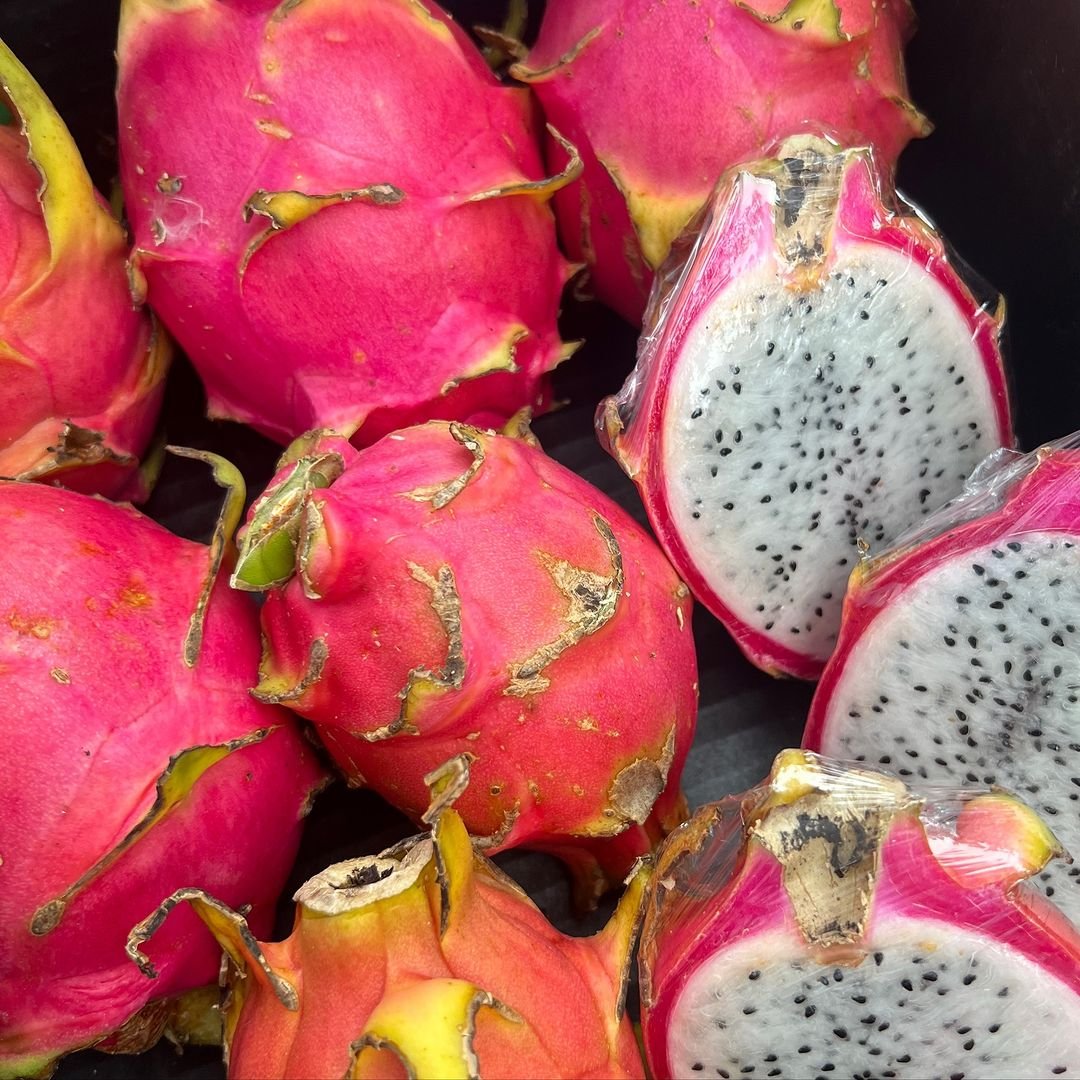
Dragon fruit comes in several varieties, each with its distinct characteristics. The two most common types are the white-fleshed variety with red skin and the red-fleshed variety with yellow skin. Both varieties offer a delightful taste but the red-fleshed dragon fruit is often considered sweeter and more flavorful. Consider your climate, growing conditions and personal preferences when selecting the variety that suits you best.
Planting and Soil Requirements
Soil Preparation
Dragon fruit plants thrive in well-draining soil with a slightly acidic to neutral pH range of 6.0 to 7.5. They prefer sandy or loamy soil that retains moisture while allowing excess water to drain away. If your soil is heavy or clay-based, amend it with compost or well-rotted manure to improve drainage and aeration.
Planting Location
When planting, choose a sunny location that receives at least six to eight hours of direct sunlight per day. Dragon fruit plants can be grown in containers or directly in the ground, depending on your preference and available space. For container gardening, select a large pot or planter with ample drainage holes and use a high-quality potting mix specifically formulated for cactus or succulents.
Watering and Fertilization
Watering
Dragon fruit plants are relatively drought-tolerant but require consistent moisture during their growing season. Water deeply but infrequently, allowing the soil to partially dry out between waterings. Overwatering can lead to root rot and other issues, so be mindful of drainage and adjust your watering schedule accordingly.
Fertilization
When it comes to fertilization, dragon fruit plants benefit from a balanced fertilizer with an equal ratio of nitrogen, phosphorus, and potassium (NPK). Apply the fertilizer every two to three months during the growing season, following the manufacturer’s instructions for proper dosage.
Pruning and Training
Pruning
Dragon fruit plants are climbing vines that require proper pruning and training to ensure optimal growth and fruit production. Start by establishing a sturdy trellis or support system, as the vines can grow up to 20 feet long. Prune the plant regularly to remove dead or damaged stems and encourage new growth.
Training
To train the vines, gently guide them along the trellis or support system, securing them with soft plant ties or clips. This not only promotes air circulation but also allows the flowers and fruits to develop properly, ensuring an abundant harvest.
Pollination and Fruit Production
Dragon fruit plants rely on hand pollination or specific pollinators, such as bats or certain types of moths, for successful fruit set. If you’re growing dragon fruit in an area without natural pollinators, you’ll need to hand-pollinate the flowers using a small brush or cotton swab.
Once pollinated, the dragon fruit will develop over several months, reaching maturity when the outer skin takes on a bright, vibrant color. Harvest the fruits when they are fully colored and slightly soft to the touch, being careful not to damage the stem or the fruit itself.
Pest and Disease Management
Like any other plant, dragon fruit is susceptible to various pests and diseases. Common issues include mealybugs, scale insects, and fungal diseases like stem rot or fruit rot. Regular monitoring and proper cultural practices are key to preventing and managing these problems.
Implement an integrated pest management approach, combining cultural, physical, and biological control methods. Maintain good air circulation, avoid overwatering, and remove any infected plant material promptly. If necessary, consult with a local nursery or extension service for safe and effective treatment options.
Growing dragon fruit may seem daunting at first, but with the right knowledge and care, you can cultivate this exotic delight with ease. By following the tips outlined in this guide, you’ll be well on your way to enjoying a bountiful harvest of these vibrant and flavorful fruits. Embrace the challenge, be patient, and revel in the rewards of your labor as you savor the unique taste of homegrown dragon fruit. Happy gardening!

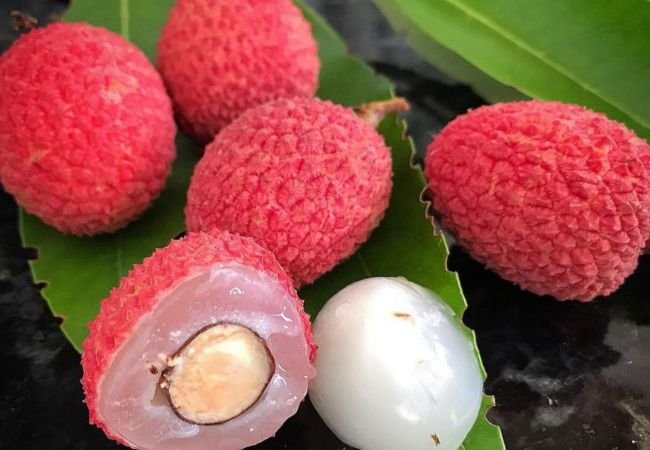

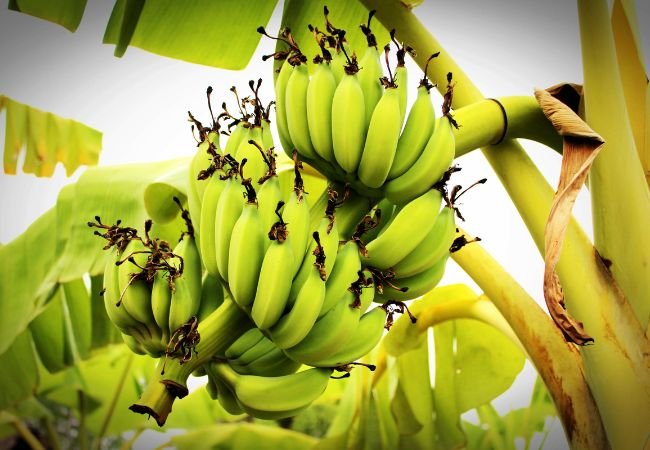
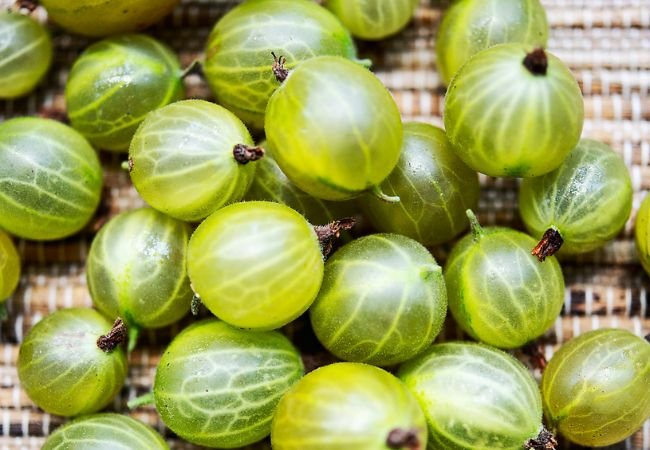
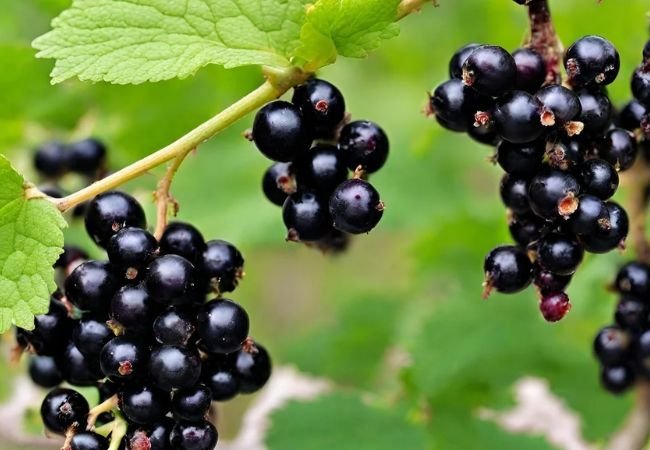
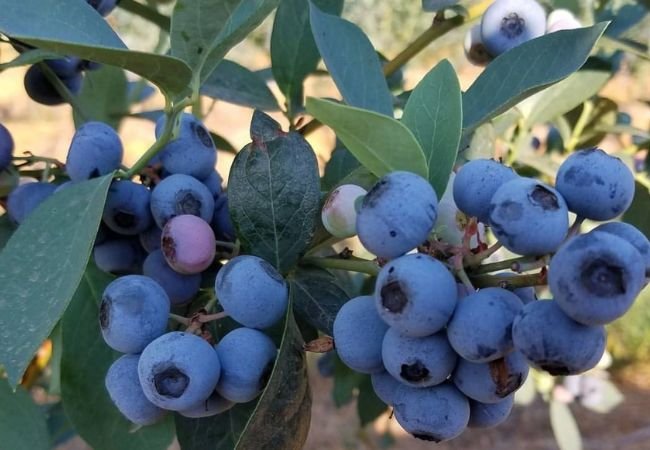
4 Comments